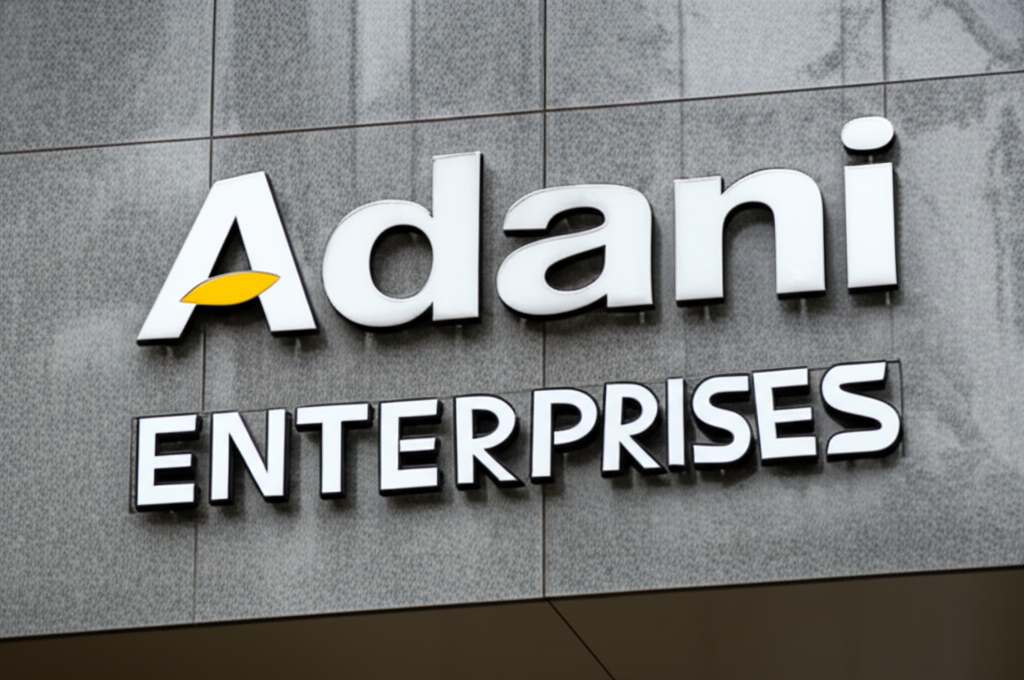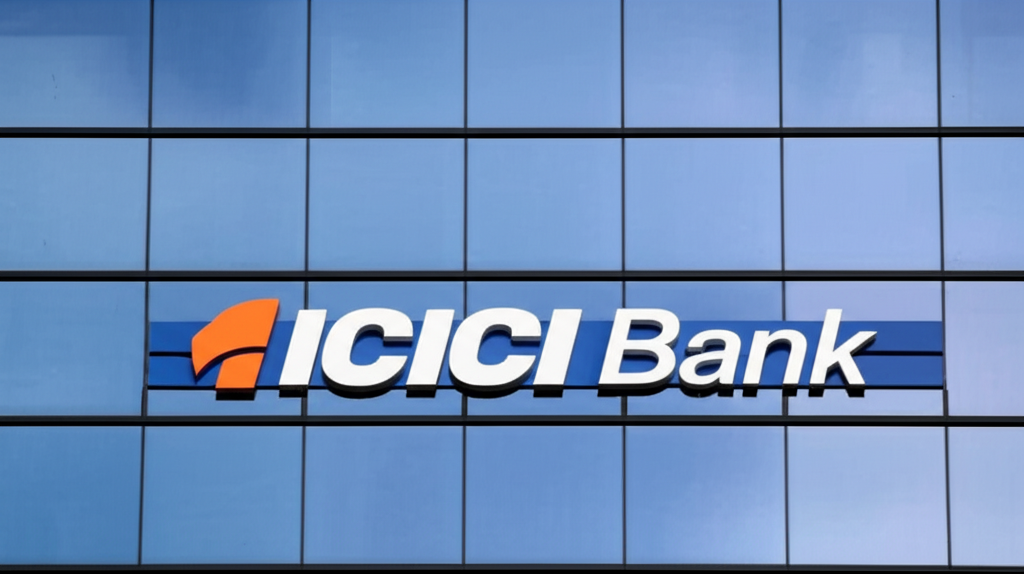The Indian Energy Exchange (IEX), India’s premier power trading platform, has garnered significant market attention following its robust financial performance announcement for the fourth quarter of the financial year 2024–25 (Q4 FY25), ending March 31, 2025. On April 25, 2025, IEX shares surged by 5.5% during intraday trading on the Bombay Stock Exchange (BSE), reaching a high of ₹201.25, driven by a 21.1% year-on-year (YoY) increase in consolidated net profit to ₹117.11 crore. The stellar results, record trading volumes and a final dividend announcement have fueled optimism among investors and analysts alike. This article delves into IEX’s Q4 FY25 performance, the factors behind the stock’s rally, analyst perspectives, and the broader implications for the company in India’s evolving power market, drawing on insights from regulatory filings, market reports.
IEX: A Leader in India’s Power Trading Ecosystem
Established on June 27, 2008, and regulated by the Central Electricity Regulatory Commission (CERC), IEX is India’s leading energy exchange, facilitating the trading of electricity, renewable energy certificates (RECS), energy-saving certificates, and gas through its subsidiary, the Indian Gas Exchange (IGX). The exchange operates a day-ahead market (DAM), real-time market (RTM), term-ahead market (TAM), and green market segments, serving over 3,800 registered clients, including state electricity boards, power producers, and industrial consumers. IEX commands a dominant market share in India’s power trading landscape, enabling efficient price discovery and transparent trade execution. Its digital platform has been instrumental in meeting India’s growing energy demand, driven by industrialisation, urbanisation, and renewable energy adoption.
IEX’s Q4 FY25 results, announced on April 24, 2025, underscored its operational and financial strength, reinforcing its position as a key player in India’s energy sector. The company’s ability to deliver consistent growth amidst regulatory and market uncertainties has made it a favourite among investors, with its stock delivering a 23.98% return over the past year.
Q4 FY25 Financial Performance: A Robust Showing
IEX’s Q4 FY25 results, detailed in a regulatory filing to the BSE, showcased significant growth across key financial metrics:
- Net Profit: Consolidated net profit soared 21.1% YoY to ₹117.11 crore, up from ₹96.68 crore in Q4 FY24, and rose 9% quarter-on-quarter (Qoq) from ₹107 crore in Q3 FY25. The profit beat analyst estimates of approximately ₹115 crore, driven by strong revenue growth and operational efficiency.
- Revenue: Consolidated revenue from operations grew 17.3% YoY to ₹142.2 crore, compared to ₹121.2 crore in Q4 FY24, and increased 8% Qoq. Total income, including other income, reached ₹174.59 crore, up 17% YoY from ₹149.28 crore.
- EBITDA: Earnings Before Interest, Taxes, Depreciation, and Amortisation (EBITDA) rose 16% YoY to ₹121.31 crore, with a slight Qoq gain of 7%. However, EBITDA margins dipped marginally to 85.28% from 86.21% YoY, reflecting higher operating costs.
- Trading Volumes: IEX achieved a record quarterly electricity trading volume of 31.7 billion units (BU), marking a 15.5% YoY increase. The DAM segment contributed 25.9 BU, while the green market and REC segments added 1 BU and 3.2 BU (32.48 lakh RECS), respectively. REC volumes surged 98% YoY, highlighting strong demand for renewable energy credits.
- Dividend: The board recommended a final dividend of ₹1.50 per share (150% of the face value), signalling confidence in cash flow generation and shareholder value creation.
For the full fiscal year FY25, IEX reported a consolidated net profit of ₹429.16 crore, up 22.3% from ₹350.78 crore in FY24, with total income climbing 19.3% to ₹657.36 crore from ₹550.84 crore. The company traded 121 BU of electricity, the highest annual volume in its history, reflecting a 19% YoY growth.
The Indian Gas Exchange (IGX) also delivered a standout performance, trading 20.2 million MMBtu in Q4 FY25, a 132% YoY increase from 8.7 million MMBtu. IGX’s profit after tax for the quarter doubled to ₹8.9 crore, and for FY25, it grew 34.3% to ₹31 crore, driven by a 47% YoY increase in annual gas volumes to 60 million MMBtu.
Factors Driving the Q4 Performance
Several factors contributed to IEX’s strong Q4 FY25 results:
- Increased Trading Volumes: India’s electricity consumption rose 7.7% YoY to 1,622 BU in FY24, driven by economic growth and higher demand from industrial and commercial sectors. IEX capitalised on this trend, achieving a 15.5% YoY volume growth in Q4, with sell liquidity on the exchange rising 17% YoY due to improved coal supply and competitive pricing.
- Competitive Pricing: The average DAM clearing price declined 15% YoY to ₹4.47 per unit in Q4 FY25, making IEX’s platform attractive for buyers and boosting trading volumes. Lower prices were supported by ample coal availability and a 23% YoY drop in imported coal prices to $55 per tonne in April 2024.
- Renewable Energy Growth: The surge in REC trading volumes (98% YoY) and green market participation reflects India’s push toward renewable energy. Regulatory support, such as the General Network Access (GNA) and Indian Electricity Grid Code (IEGC) regulations, enhanced market accessibility and liquidity.
- IGX Performance: The significant growth in gas trading volumes and profitability at IGX highlights IEX’s diversification into new energy markets, positioning it to benefit from India’s increasing reliance on natural gas as a transition fuel.
- Operational Efficiency: Despite a slight dip in EBITDA margins, IEX maintained high profitability, with an 85.28% margin, among the highest in the industry, reflecting its low-cost, technology-driven business model.
Market Reaction and Stock Performance
The announcement of IEX’s Q4 FY25 results triggered a sharp rally in its stock price. On April 25, 2025, IEX shares jumped 5.5% to an intraday high of ₹201.25 on the BSE, with trading volumes surging over threefold to nearly 24 million equity shares on the BSE and National Stock Exchange (NSE). The stock closed at ₹200.05, up 5% from the previous day’s close, outperforming the S&P BSE Sensex, which rose only 0.03%.
The rally reflects renewed investor confidence in IEX’s growth trajectory. Over the past year, the stock has delivered a 23.98% return, with a 5.8% year-to-date (YTD) gain in 2025, a 12.6% increase over the past three months, and a 7.1% rise in the last month. However, the stock remains 17% below its 52-week high of ₹244.35, hit on September 24, 2024, suggesting room for further upside.
Technical analysts are bullish on the stock’s near-term prospects. Rajesh Bhosale from Angel One noted a gap-up opening and sustained buying, with the bullish gap around ₹190 acting as support and prices potentially extending to ₹213. The stock’s 14-day relative strength index (RSI) of 65 indicates it is neither overbought nor oversold, supporting further gains.
Sentiment on X was overwhelmingly positive, with users like @Sharemarketinf and @EquityInsightss praising IEX’s “solid” results and “above-guidance” performance. Posts highlighted the 21% YoY profit growth, record volumes, and strong free cash flow generation of ₹420 crore in FY25, up from ₹298 crore in FY24.
Analyst Perspectives: Optimism Tempered by Risks
Analysts have largely welcomed IEX’s Q4 FY25 results, citing its strong volume growth, revenue performance, and strategic positioning in India’s power market. However, some have raised concerns about regulatory risks and valuation, leading to varied recommendations:
- ICICI Securities: The brokerage expects IEX’s stock to remain range-bound until there is clarity on the proposed market coupling mechanism, which could integrate India’s power exchanges and potentially reduce IEX’s pricing power. However, it acknowledged the company’s healthy 19% volume and revenue growth in FY25 and maintained a “Hold” rating with a target price of ₹195.
- Motilal Oswal Financial Services (MOFSL): MOFSL reiterated a “Neutral” rating with a target price of ₹200, citing rich valuations. The brokerage noted that IEX’s profit growth lagged behind its 38% volume growth in Q2 FY25 due to lower REC fees, a trend that may persist. However, it praised the company’s regulatory support and renewable energy initiatives.
- Nuvama Wealth Management: Nuvama maintained a “Reduce” rating with a discounted cash flow (DCF)-based target price of ₹119, citing limited upside despite factoring in a 17% volume CAGR for FY24–26. The brokerage highlighted macro headwinds, such as volume shifts to long-term power purchase agreements (PPAS) and the potential impact of market coupling.
- Elara Capital: Elara was more bullish, assigning a “Buy” rating with a target price of ₹220, driven by IEX’s record volumes, competitive pricing, and IGX’s growth. The brokerage expects 18–19% volume growth in FY26, supported by new product launches and increasing power demand.
Analysts like Rohit Bajaj, Joint Managing Director at IEX, expressed confidence in sustaining 18–19% volume growth in FY26, as shared in an interview with CNBC-TV18. Bajaj highlighted stabilised prices, new product introductions, and a 100% YoY jump in IGX volumes as key growth drivers.
Risks and Challenges
Despite the positive outlook, IEX faces several risks:
- Market Coupling: The potential implementation of market coupling, which would integrate India’s power exchanges, remains a significant overhang. Reports suggest it could be introduced by the end of FY25 or early FY26, potentially impacting IEX’s pricing power and margins.
- Regulatory Changes: Evolving regulations, such as changes to transmission charges or REC pricing, could affect trading volumes and profitability.
- Valuation Concerns: IEX’s stock trades at 16.8 times its book value, a premium compared to peers, prompting caution from brokerages like Nuvama.
- Macro Headwinds: Shifts in power demand to long-term PPAS or bilateral contracts could reduce spot market volumes, as seen in Q4 FY24 when DAM volumes grew only 4% YoY.
- Competition: The entry of new exchanges or alternative trading platforms could challenge IEX’s market dominance, particularly in the renewable energy segment.
Strategic Initiatives and Future Outlook
IEX’s management remains optimistic about its growth prospects, outlining several strategic initiatives for FY26:
- New Product Launches: IEX plans to introduce innovative products in FY26, such as coal exchange and Extended Producer Responsibility (EPR) trading, pending regulatory approval. These could spur additional volumes and diversify revenue streams.
- Renewable Energy Focus: The company aims to capitalise on India’s renewable energy targets, with REC and green market volumes expected to grow significantly.
- IGX Expansion: The 132% YoY growth in Q4 gas volumes positions IGX as a key growth driver, with potential to tap into India’s increasing gas demand.
- Technology Investments: IEX’s investments in its digital platform ensure scalability and efficiency, supporting higher trading volumes and client onboarding.
The company’s FY26 guidance of 18–19% volume growth, coupled with strong free cash flow generation (₹420 crore in FY25), underscores its financial resilience. IEX’s market capitalisation of ₹17,129 crore, up 24.4% in the past year, reflects its strong fundamentals and investor trust.
Broader Industry Context
IEX’s performance aligns with broader trends in India’s power sector. The country’s electricity demand is projected to grow 7–8% annually, driven by industrial growth, electrification, and renewable energy adoption. Government initiatives, such as the National Electricity Plan and increased coal production (up 11.7% YoY to 1 billion tonnes in FY24), have improved supply-side dynamics, boosting liquidity on IEX’s platform.
However, challenges like rising power deficits and the shift to long-term contracts could temper spot market growth. The regulatory landscape, including GNA and IEGC regulations, supports market efficiency but introduces uncertainties around market coupling. IEX’s ability to innovate and adapt will be critical to maintaining its leadership position.
Investor Sentiment and Social Media Buzz
Sentiment on X reflects strong retail investor enthusiasm. Posts from users like @CA_Ram_k and @livemint highlighted the 21% YoY profit growth, 18% revenue increase, and ₹1.50 dividend, with @EquityInsightss calling the results “solid” and praising IEX’s free cash flow and FY26 guidance. @blitzkreigm noted management’s confidence in sustaining growth, driven by new products and IGX’s performance. However, some users cautioned about market coupling risks, urging investors to monitor regulatory developments.
Implications for Investors
IEX’s Q4 FY25 results and the subsequent stock rally present several implications for investors:
- Upside Potential: Analyst target prices range from ₹119 (Nuvama) to ₹220 (Elara), suggesting varied expectations. Technical analysts see near-term targets of ₹213, with support at ₹190.
- Dividend Yield: The ₹1.50 final dividend offers a yield of approximately 0.75% at current prices, appealing to income-focused investors.
- Long-Term Growth: IEX’s exposure to India’s growing power and renewable energy markets, coupled with IGX’s expansion, positions it for sustained growth.
- Risk Management: Investors should monitor market coupling developments and valuation risks, consulting certified financial advisors before making decisions, as emphasised by sources like Business Today.
Conclusion
The 5.5% surge in IEX’s share price on April 25, 2025, reflects the market’s enthusiastic response to its strong Q4 FY25 results, marked by a 21.1% YoY profit increase, 17.3% revenue growth, and record trading volumes of 31.7 BU. The company’s ability to capitalise on India’s rising energy demand, competitive pricing, and renewable energy growth has solidified its position as a leader in the power trading ecosystem. Analyst perspectives are largely positive, with Elara and ICICI Securities highlighting IEX’s growth potential, though Nuvama’s cautious stance underscores regulatory and valuation risks.
As IEX prepares for FY26, its focus on new products, renewable energy, and IGX expansion, combined with an 18–19% volume growth guidance, positions it for continued success. Investors, buoyed by the stock’s rally and dividend announcement, must weigh the opportunities against risks like market coupling and premium valuations. With a market cap of ₹17,129 crore and strong fundamentals, IEX remains a compelling play in India’s energy transition, making it a stock to watch in the coming quarters.















0 Comments